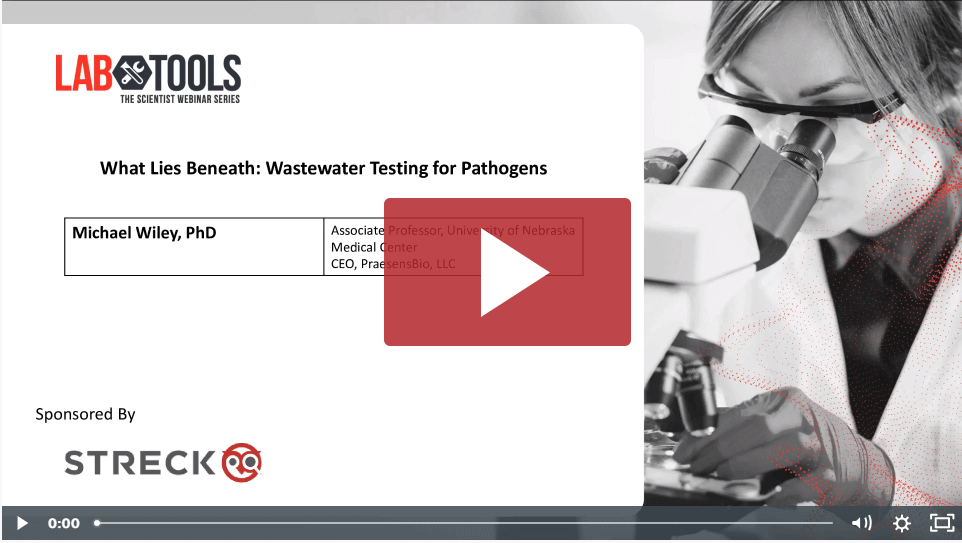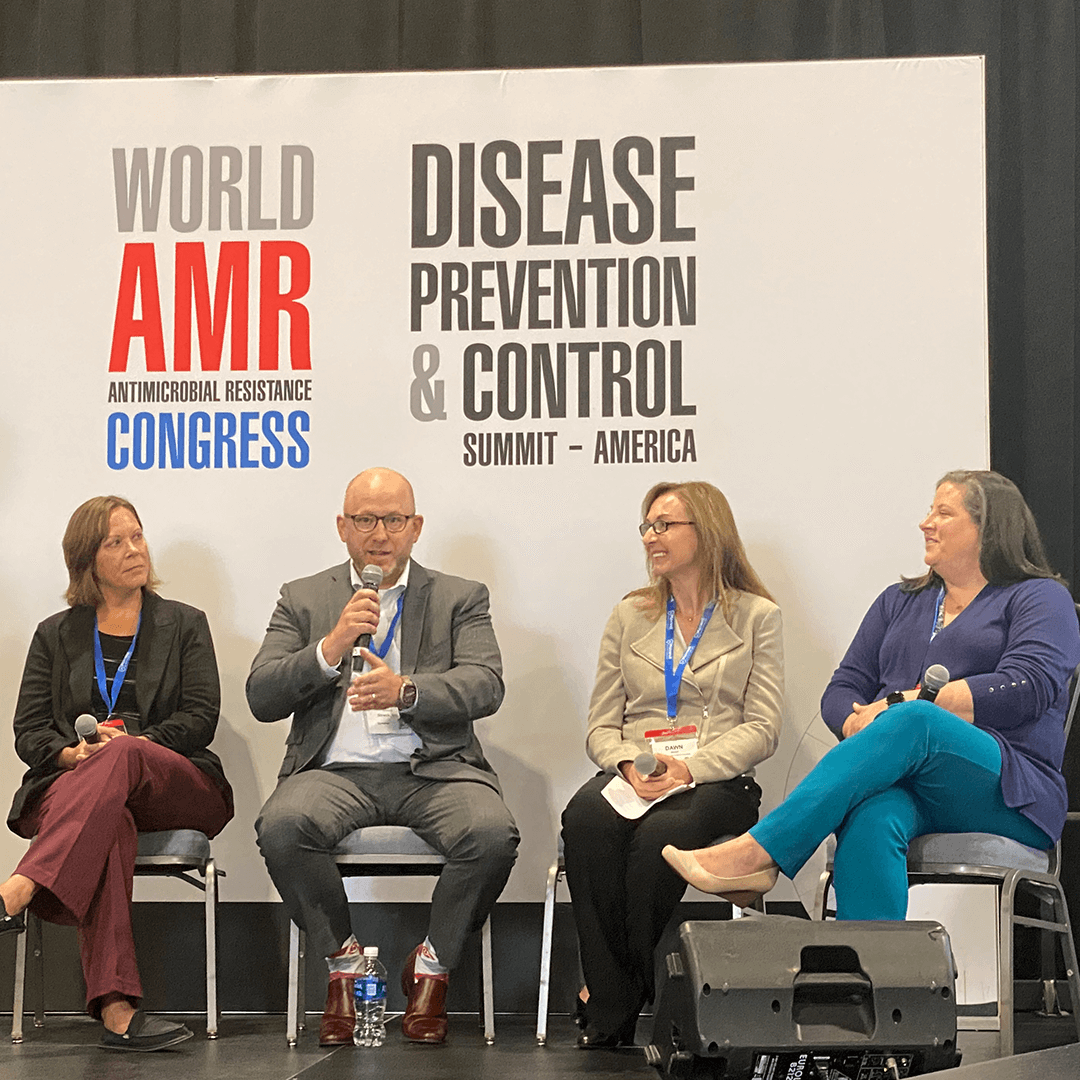CHMP positive about Pfizer’s new combination antibiotic
In a recent announcement, Pfizer, Inc. shared that the European Medicines Agency Committee for Medicinal Products for Human Use (CHMP) has recommended…
Read More Recently, our very own Dr. Chris Connelly, Director of R&D, was asked to participate in a panel on wastewater surveillance at the World Anti-Microbial Resistance Conference 2023. He sat down to recount some of the most important parts of the panel.


Looking to learn more about WBE? Check out the webinar, “What lies beneath: Wastewater testing for pathogens”



